Skype: neodalle-travel
Tel: +86 135 7447 2266
E-mail: sales@zhangjiajieholiday.com
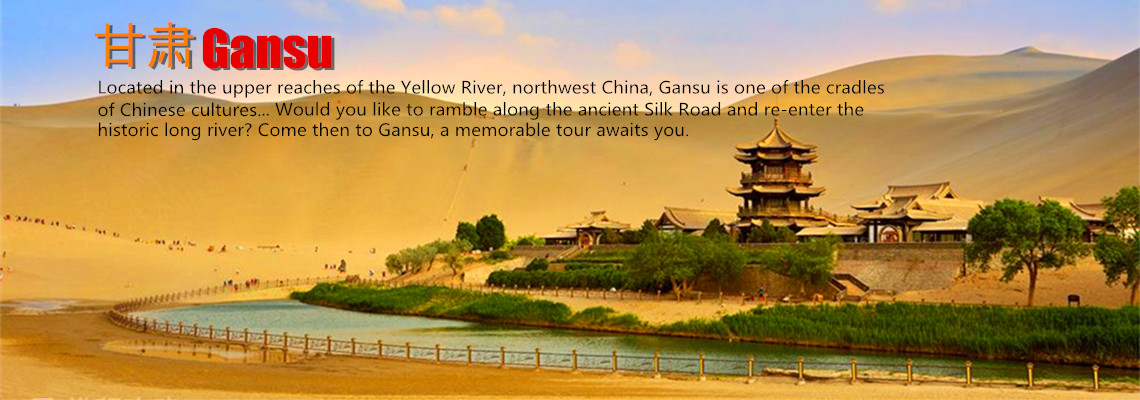
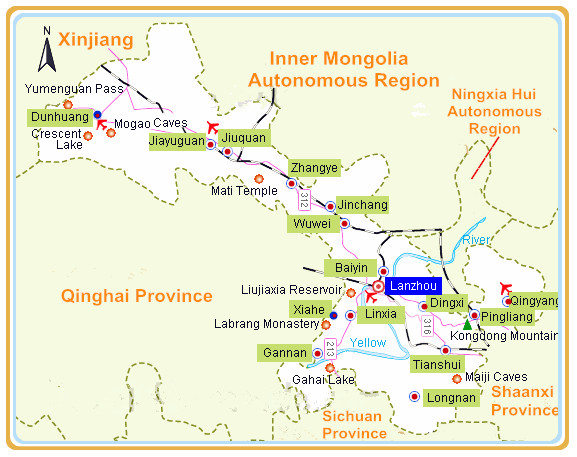 prefecture in the west. Dingxi City, also called “Longzhong", lies in the central part of Gansu province. Strategically located, it is a crucial pass in the ancient Silk Road and the New Eurasian Continental Bridge. It is the east gateway to Lanzhou which is known as “the key hub of Gansu province and portal of Lanzhou".
prefecture in the west. Dingxi City, also called “Longzhong", lies in the central part of Gansu province. Strategically located, it is a crucial pass in the ancient Silk Road and the New Eurasian Continental Bridge. It is the east gateway to Lanzhou which is known as “the key hub of Gansu province and portal of Lanzhou".History of Dingxi
Dingxi City, located on the upper reaches of the Yellow River, is an important cultural centre exhibiting more than 2,200 years of history. Several cultural relics of the Neolithic Age have been discovered in the city. It was a flourishing place of great importance on the Silk Road. After the establishment of the PRC, Dingxi Special District was set up and changed to Dingxi Region in 1970, then Dingxi City in 2003.
What to see in Dingxi?
With the Weihe River as a limit, the city can be divided into the gully area of Loess Plateau in the north and the cold and humid highland area in the south. On the whole, the terrain declines from the south to the north. Dingxi has a long history and splendid culture, and is one of the birthplaces of Chinese civilization. Plenty of national and provincial forest parks here enjoy a good reputation both at home and abroad, such as Guiqing Mountain, Zheyang Mountain and Lianfeng Mountain. Majiayao Qijia and Siwa cultural relics of the Neolithic Period are very famous. Here lists top attractions in Dingxi.
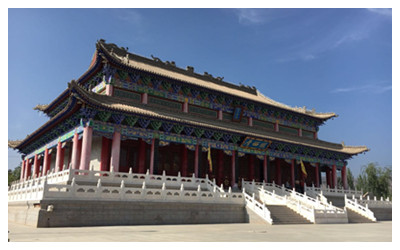 |
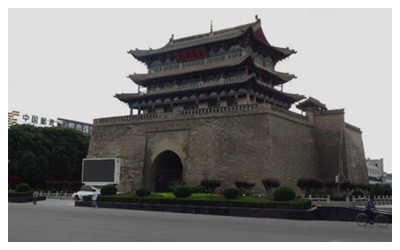 |
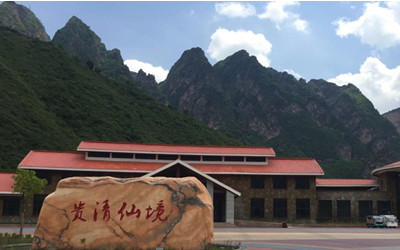 |
| Li Palace | Luxi Drum and Bell Towe | Guiqing Mountain |
DIngxi Local Highlights: This city is a town of folk arts. Carvings, paper cuttings, shadow puppetry, local operas and the most popular style of folk songs, Hua'er, are all attractions of the city.
When to visit Dingxi?
The northern region of Dingxi enjoys a middle temperate semi-arid climate and the south bears a warm temperate semi-humid climate. Strongly affected by its landform and the monsoons, the temperate is higher in the north than that in the south, while the rainfall is quite the opposite. The annual average temperature maintains around 5.6 C-7.6
C-7.6 C.
C.
When to Go: Sandstorms are common in spring, and it is chilly in winter. Summer and autumn are the best times to visit.
How to get to DIngxi?
1. It is only 98 kilometers from Dingxi to Lanzhou. Longhai (Lanzhou-Lianyungang) Railway and the secondary line of Baoji-Lanzhou Railway pass through Dingxi and No.310, 312, 212, 316 national highways and other expressways radiating from Lanzhou all run across Dingxi. It makes the city definitely the east gate to the capital city of Gansu Province.
2. Dingxi Railway Station and the bus station are not far away from each other, both located in Jiaotong Lu of Anding District.
Dingxi Travel Tips
Useful Telephone Numbers:
Tourist Complaints: 0932-8212959
Weather Forecast: 121
Zip Code Inquiry: 184
Bank of China Branch: No.60, Yongding Dong Lu, Anding District
China Post Branch: No.6, Minzhu Lu, Anding District
Local Products: potato, herbs (astragalus, codonopsis, angelica), horsebean.
 Ask Questions ?
Ask Questions ?